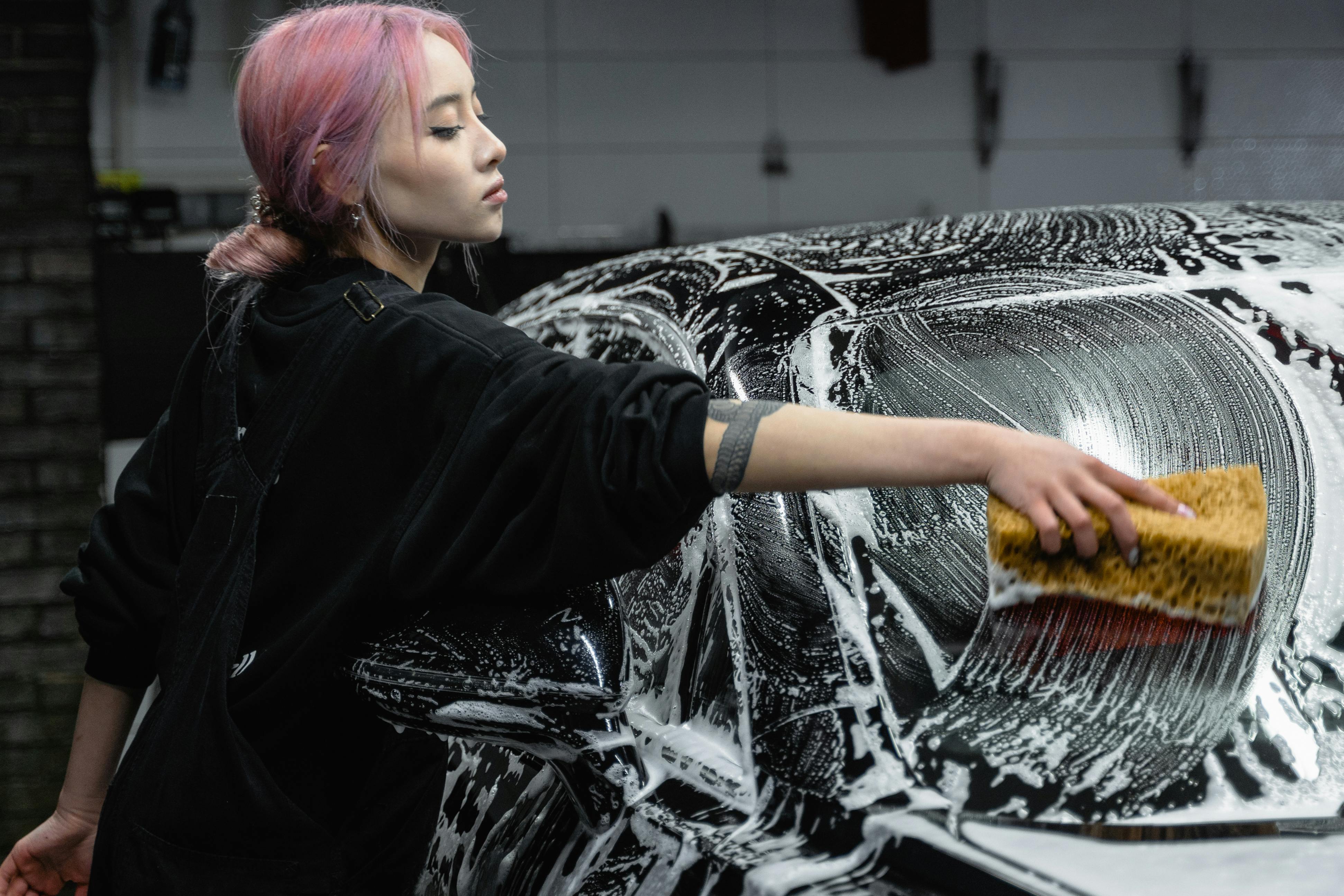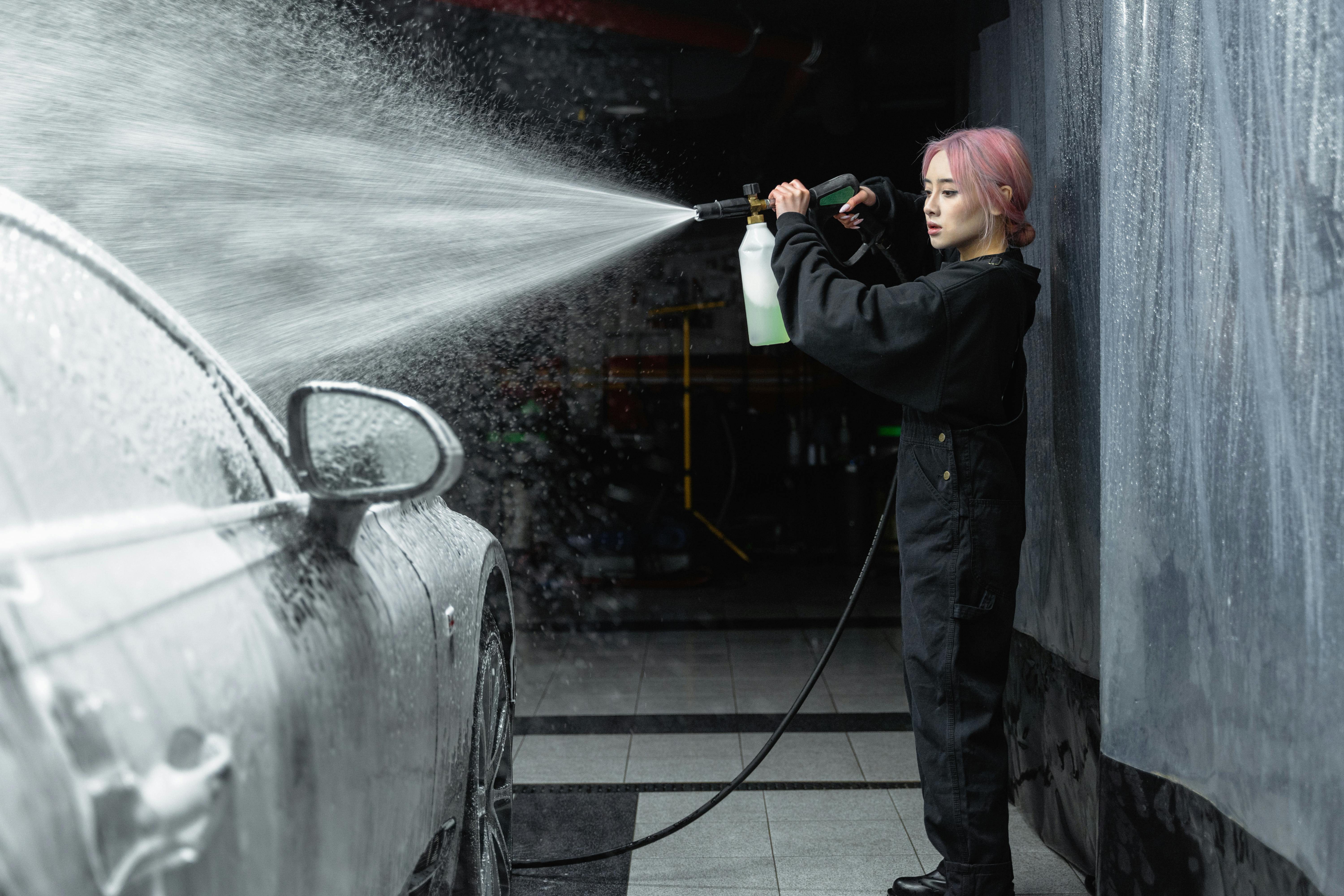Car Detailing Pet Hair Removal Cost and Expert Insights
Removing pet hair from your car is more than just a cleaning chore—it’s essential for hygiene, resale value, and overall comfort. With the increasing number of pet owners and vehicle usage, understanding the car detailing pet hair removal cost is more relevant than ever. In this article, you’ll learn the real costs, DIY techniques, professional methods, and how to get the best results without overpaying.

Understanding the Fundamentals
Car detailing is a specialized service that goes beyond a regular wash—it’s a meticulous process aimed at restoring and protecting a vehicle’s appearance. Within this realm, pet hair removal is one of the most labor-intensive tasks, often requiring special tools and products.
The fundamentals of pet hair removal from cars include knowing the type of upholstery, the density of pet hair, and the tools required. These aspects directly influence the car detailing pet hair removal cost.
1.1 Upholstery and Hair Type
Different materials—such as leather, cloth, or microfiber—retain pet hair differently. Cloth upholstery, for example, tends to trap hair deep within the fibers, making it harder to extract. Studies have shown that 78% of pet hair removal challenges are linked to material type.
Short-haired breeds like Beagles shed differently than long-haired dogs like Golden Retrievers, affecting cleanup time and difficulty. Misconceptions include the idea that a quick vacuum is enough, when in fact multiple techniques may be necessary.
1.2 Importance of Specialized Tools
While a standard vacuum may suffice for loose debris, effective pet hair removal often requires rubber brushes, fabric softeners, detailing vacuums, and even pumice stones. The effectiveness of these tools makes them worth the investment or the professional cost.
Professionals use high-grade lint rollers and compressed air tools that reduce time and increase efficiency, which is factored into the overall pricing.
Practical Implementation Guide
Now that we understand the basics, let’s look at how pet hair removal is implemented during car detailing. This section outlines exact steps, tools needed, and what kind of results to expect based on the service level you choose.

2.1 Actionable Steps
- Assessment: Inspect the car’s interior to identify high-density hair zones, typically on seats, carpets, and trunk areas.
- Tool Selection: Gather essential tools like a rubber brush, vacuum with brush attachment, fabric softener spray, and a lint roller.
- Execution: Spray a light mist of water or fabric softener to loosen hair. Use rubber brushes to gather hair and vacuum thoroughly. Repeat as needed.
2.2 Overcoming Challenges
Common obstacles include hair embedded in carpet fibers, static cling, and hair mixed with other debris like sand. Use anti-static sprays and cross-direction brushing techniques to tackle these issues effectively.
Expert tips:
- Work in small sections to maintain focus
- Use duct tape for hard-to-reach corners
- Finish with a HEPA vacuum to remove microscopic allergens
Advanced Applications
Once you’ve mastered the basics, advanced methods can significantly improve outcomes. These techniques are generally used by professionals but can be adapted for high-end DIY cleaning for car owners with specific needs.

3.1 Steam Cleaning
Steam loosens deeply embedded pet hair while sanitizing surfaces. A case study showed steam cleaning reduced detailing time by 30% while improving hair removal by 45%. It’s best used on cloth upholstery and carpets for maximum penetration and efficiency.
3.2 Electrostatic Tools
These tools generate static electricity to attract hair like a magnet. They are effective in dry climates where humidity can limit traditional methods. Compatibility with various surfaces makes them versatile but requires careful handling to avoid surface damage.
Future Outlook
The future of auto detailing lies in automation and eco-friendly solutions. Robotic brushes, AI-driven detailing systems, and sustainable cleaning agents are in development. These will likely reduce manual labor and lower the average car detailing pet hair removal cost.
Over the next 3–5 years, expect to see mobile detailing units using smart diagnostics to quote prices based on hair density and upholstery scans. Preparing for these changes means staying informed and open to new service providers or technologies.
Conclusion
Three key takeaways:
- Pet hair removal is a highly specialized part of car detailing that requires specific tools and techniques
- The average car detailing pet hair removal cost varies depending on upholstery type, hair density, and level of service
- Advanced methods like steam cleaning and electrostatic tools offer higher efficiency and better results
If you’re tired of dealing with persistent pet hair in your vehicle, now is the perfect time to explore professional detailing options. For optimal results, invest in the right tools or find a reputable detailing service near you.
Frequently Asked Questions
- Q: What is pet hair removal in car detailing? Pet hair removal involves specialized cleaning processes to extract embedded hair from car interiors using brushes, vacuums, and sprays.
- Q: How do I start removing pet hair myself? Start with a rubber brush and vacuum, and work in small sections. Mist fabric with water or fabric softener for better results.
- Q: How long does pet hair removal take? Depending on the severity, it can take 30 minutes to over 2 hours. Upholstery material and hair density are key factors.
- Q: How much does pet hair removal cost in car detailing? It typically ranges from $50 to $150, depending on vehicle size, amount of hair, and service level.
- Q: Is professional detailing better than DIY? Pros have specialized tools and techniques that yield faster, cleaner results. DIY is more affordable but time-intensive.
- Q: Is pet hair removal difficult? It can be challenging without the right tools. Materials like cloth make it harder, requiring advanced methods for effective cleaning.
- Q: How does this apply to pet transport businesses? Pet taxis and animal rescue vehicles often use professional detailing weekly to maintain hygiene and minimize allergens.
